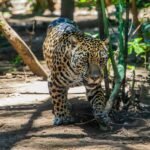The wild kingdom is known for its fierce battles and survival of the fittest mentality. Yet, among the most formidable creatures—big cats—they’ve evolved intricate strategies to avoid conflicts. In a world where strength and power reign supreme, these majestic animals prioritize peace over combat whenever possible. Understanding how big cats navigate their environments can offer insights into their behavior and the delicate balance of wild ecosystems.
Territorial Marking and Communication
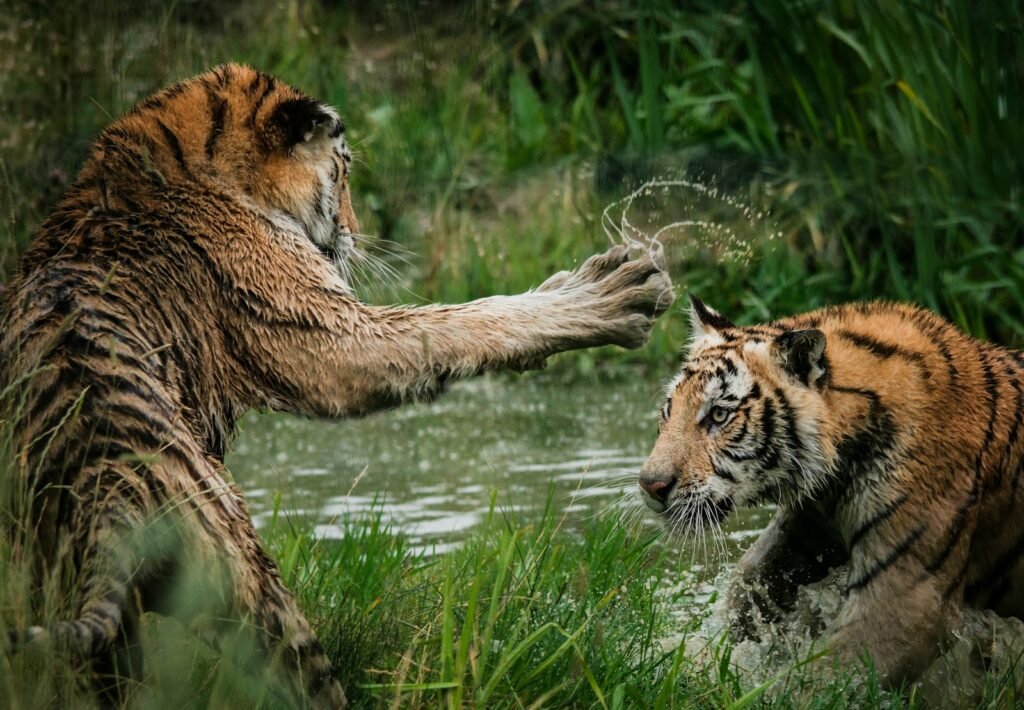
Big cats such as lions, tigers, and leopards establish territories to minimize encounters with rivals. Their territories are marked using scent markings, urine, and scratch marks on trees, creating invisible boundaries understood by other big cats. This olfactory communication serves as the first line of defense against potential conflicts, warning others to stay away and reducing the chances of violent encounters.
Displays of Dominance and Submission
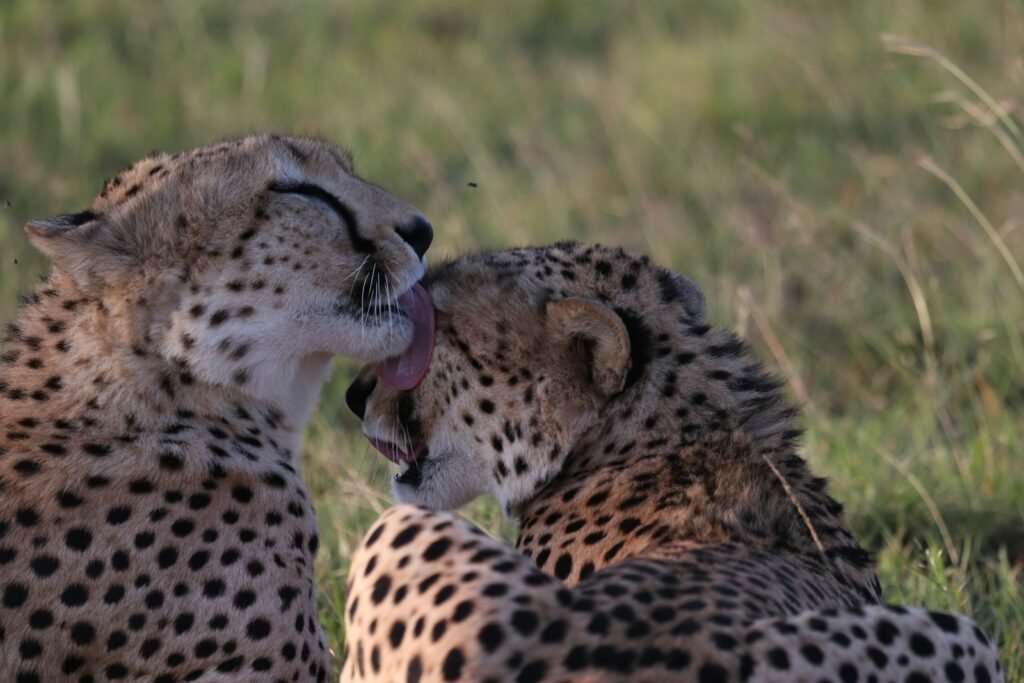
In those rare instances where big cats come face-to-face, visual signals and body language play crucial roles in diffusing tension. For instance, a lower-ranking cat may display submissive behavior by crouching or making itself appear smaller, signaling a peaceful intent to the dominant animal. This intricate dance of dominance and submission helps prevent unnecessary aggression and maintains social order.
Vocalizations as Warning Signs
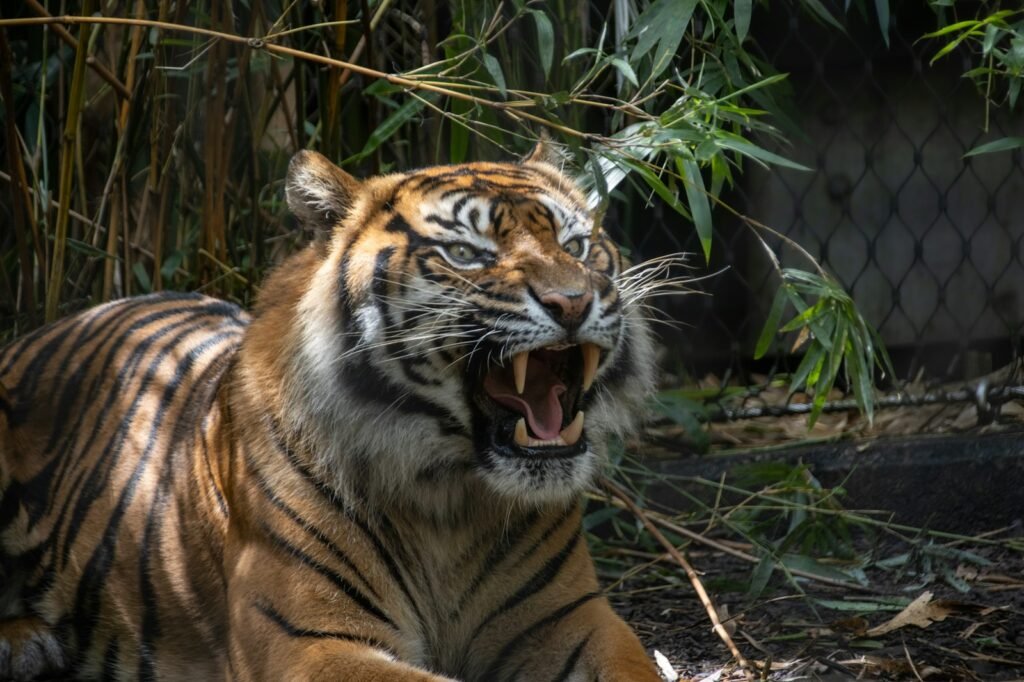
Vocalizations are another key component in a big cat’s arsenal to avoid conflict. Roars, growls, and other vocal signals can communicate territorial claims and deterrence from approaching any closer. These sounds serve as warnings that can be heard over long distances, allowing other cats to heed these alerts and steer clear without coming into direct contact.
Nocturnal Habits to Avoid Confrontation
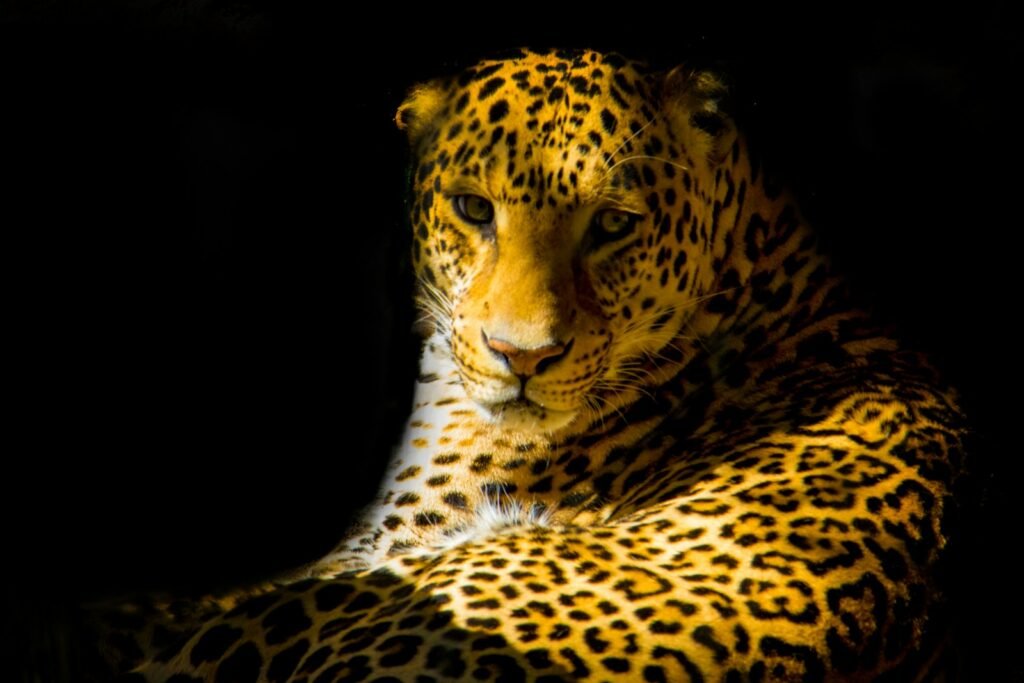
Leopards, known for their solitary and elusive nature, often resort to nocturnal activity to avoid encounters. By hunting at night and resting during the day, they minimize their chances of crossing paths with other predators that might roam during daylight hours. This adaptive behavior demonstrates their ingenuity in navigating their territories with minimal conflict.
Selective Hunting Grounds
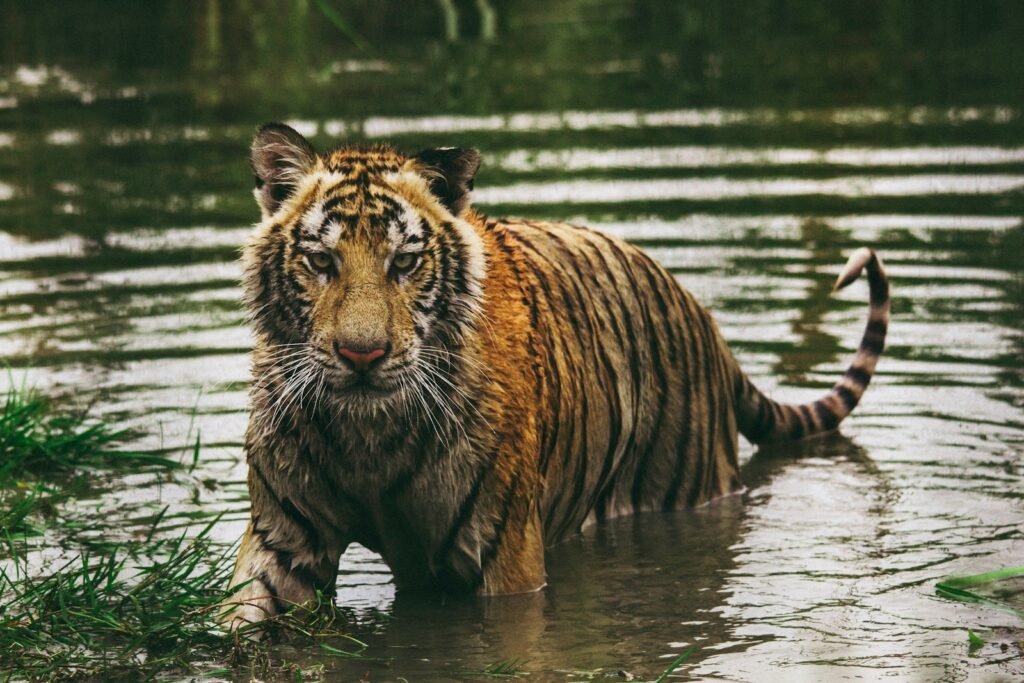
Big cats are strategic hunters that often select hunting grounds far from the territories of other predators. Tigers, for example, will use dense forests to their advantage, where their striped camouflage can be put to good use. This separation in hunting regions reduces overlap and thus potential hostile encounters with rival carnivores.
Nomadic Moves and Avoidance
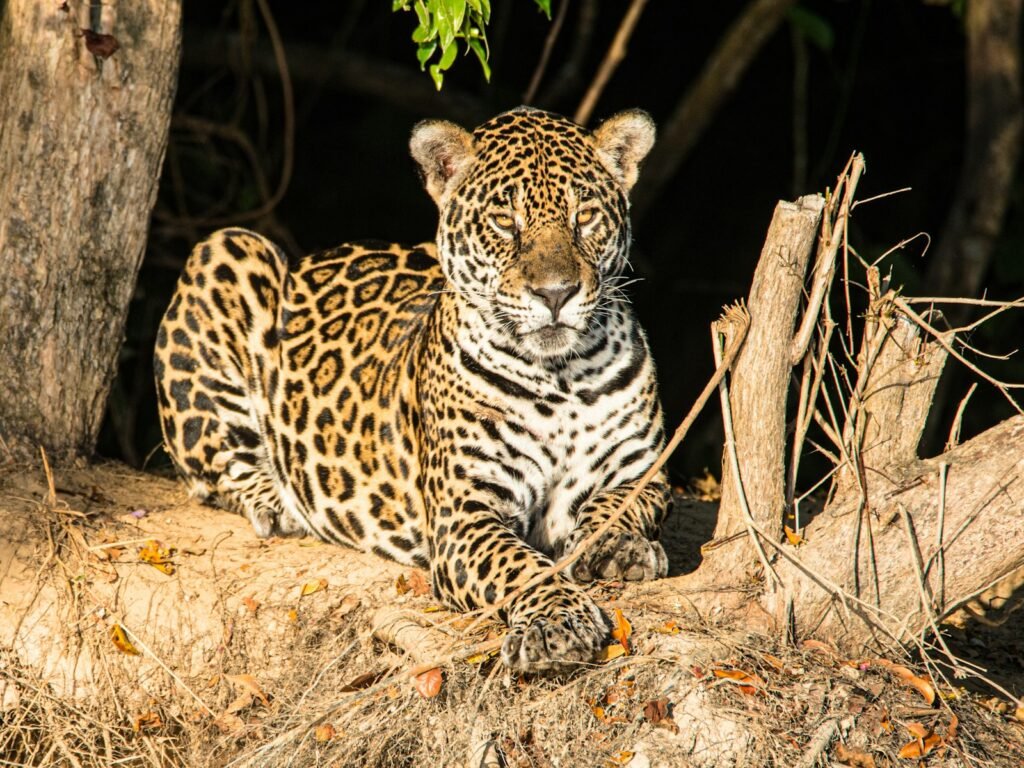
Sometimes, avoiding conflict means making tough decisions such as abandoning parts of a territory. Nomadic movements allow some big cats to traverse new areas in search of plentiful prey while avoiding confrontation with settled resident males. Such adaptability ensures survival across various geographic zones without engaging in unnecessary fights.
Silent Communication
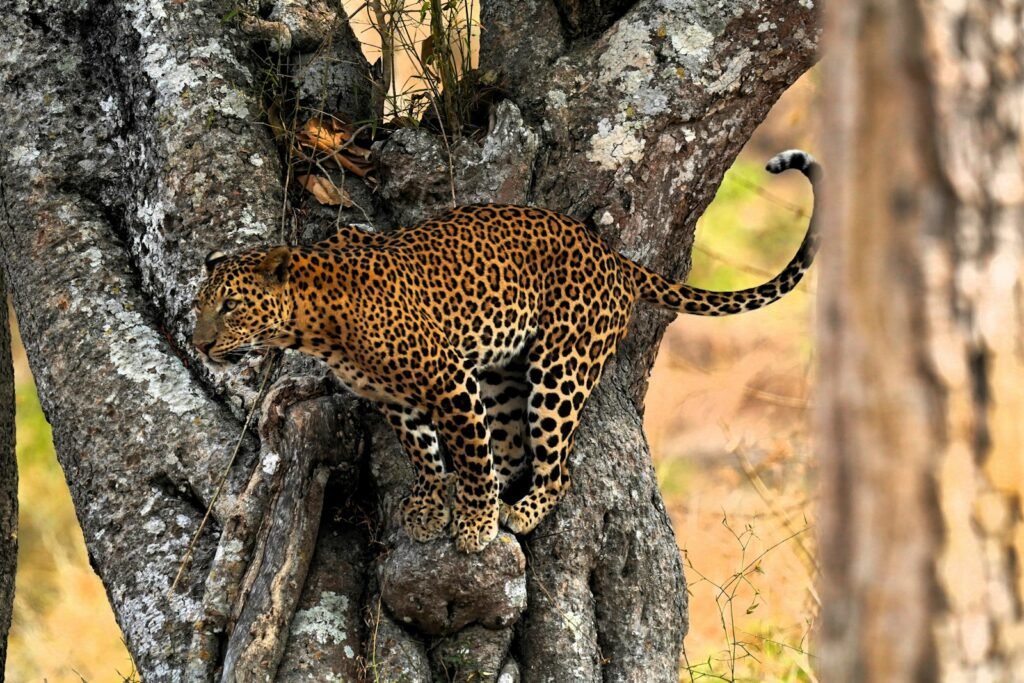
Beyond the roar lies the realm of silent communication. Big cats utilize subtle cues such as tail flicks, ear positioning, and eye contact to convey their intention or disinterest in engaging in conflict. These nuanced gestures ensure that conflicts can be diffused before they escalate, maintaining a peaceful coexistence within their environments.
Motherly Guidance and Teaching
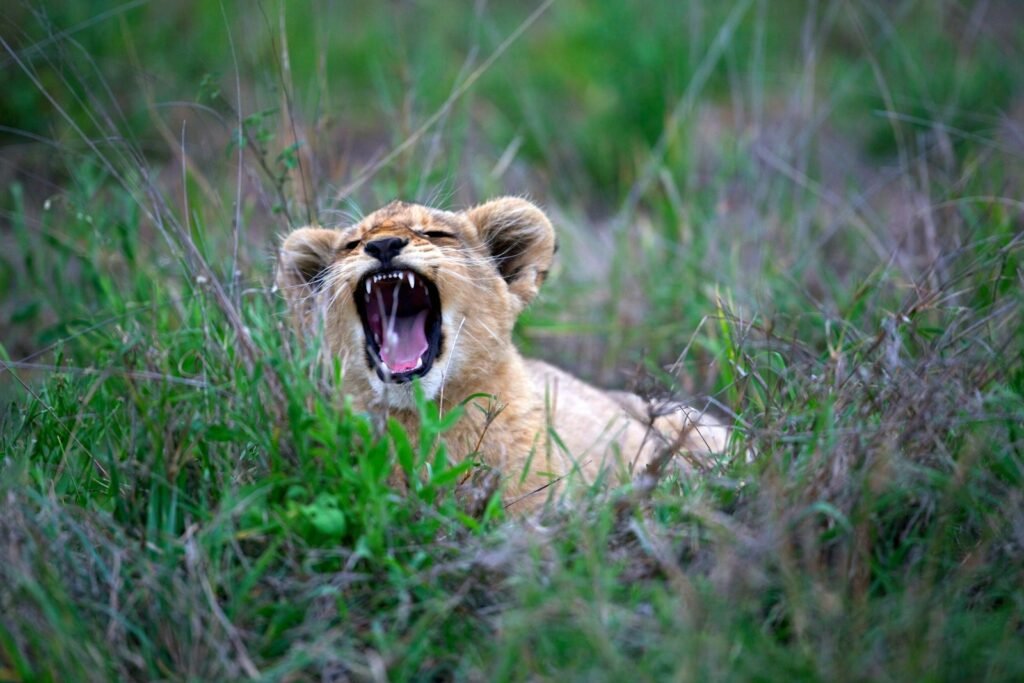
Big cat mothers play a critical role in teaching conflict avoidance to their young. Cubs learn valuable life skills from observing their mothers, including silent stalking, cautious approaches, and respect for established territories. This education ensures the next generation inherits the art of conflict avoidance, allowing the species’ survival in a competitive world.
Crowd Avoidance During Heat
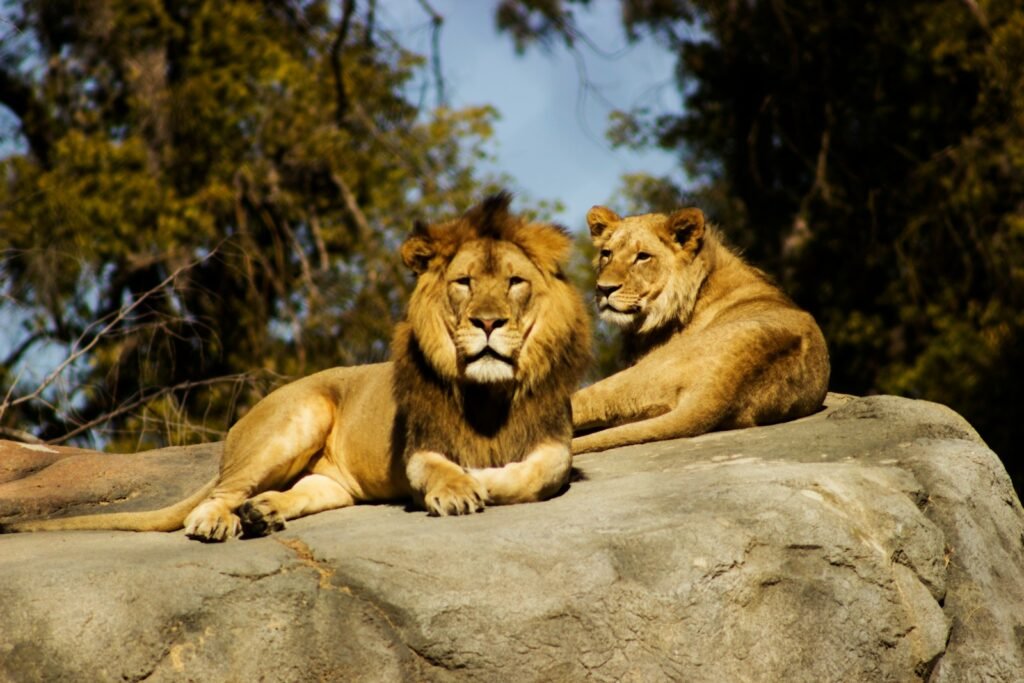
For male lions, avoiding female groups, or prides, during non-mating periods helps evade confrontation with other males. Understanding the risks of entering another male lion’s domain, they focus on isolated territories unless the mating urge demands their presence. This respect for social structure minimizes clashes amongst potential rivals.
Adopting Solitary Lifestyles
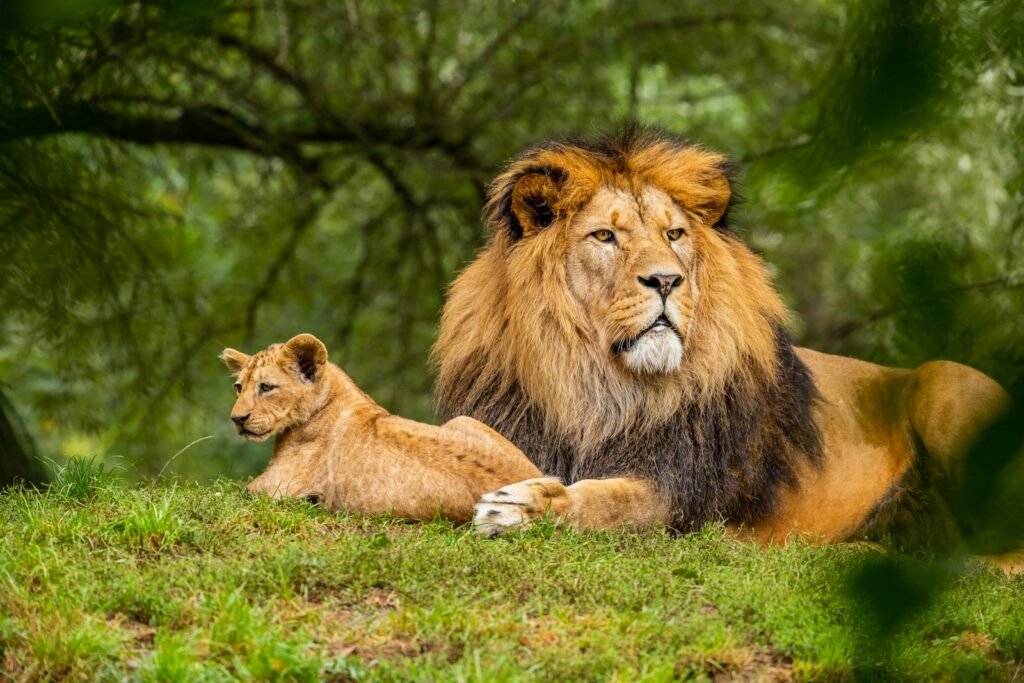
While species like lions live in prides, others, like the cougar, adopt solitary lifestyles, inherently reducing the chances of intragroup conflict. By opting to live and hunt alone, these cats naturally sidestep the risks that come with group dynamics and competition over resources.
Territorial Rotations in Coalitions
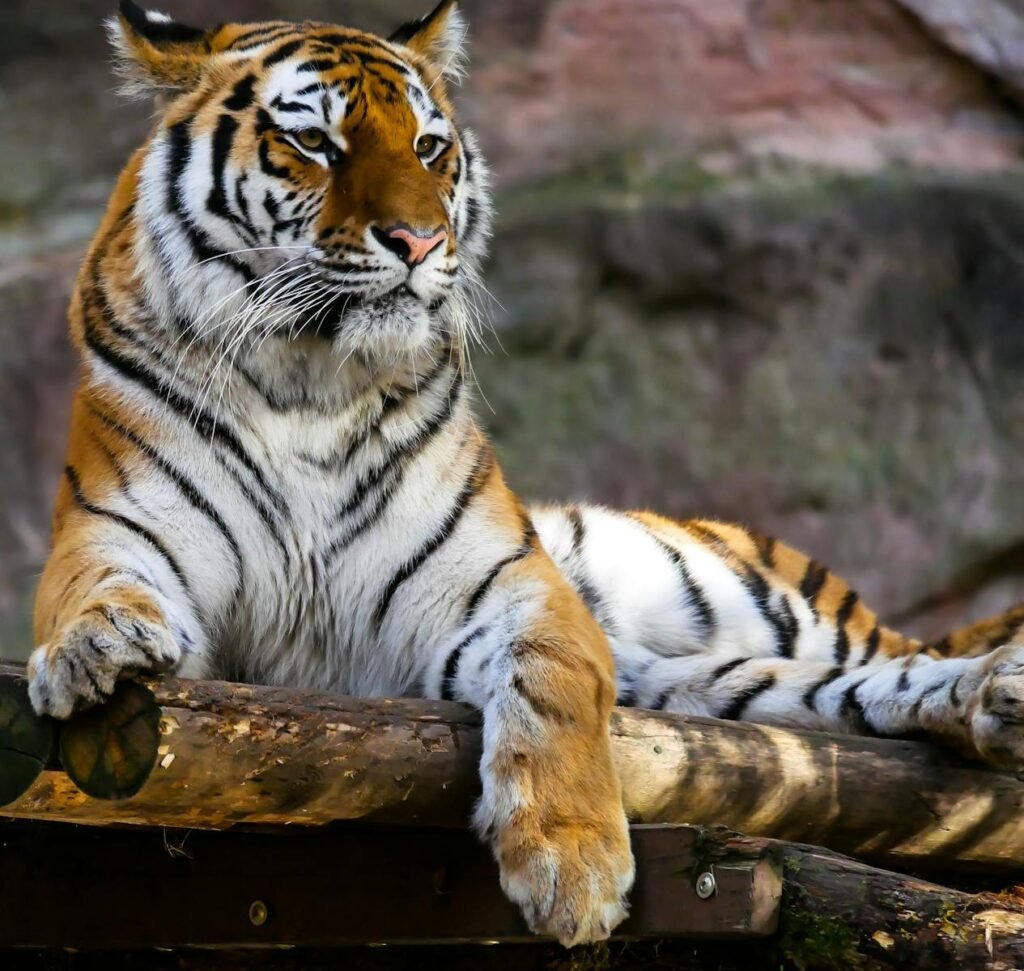
In some cases, big cats will form coalitions or temporary alliances to navigate territories. These alliances may allow rotating access to prime hunting grounds without confrontation. Through mutual understanding and shared goals, these coalitions demonstrate a sophisticated approach to living in peace.
The Benefits of Patience
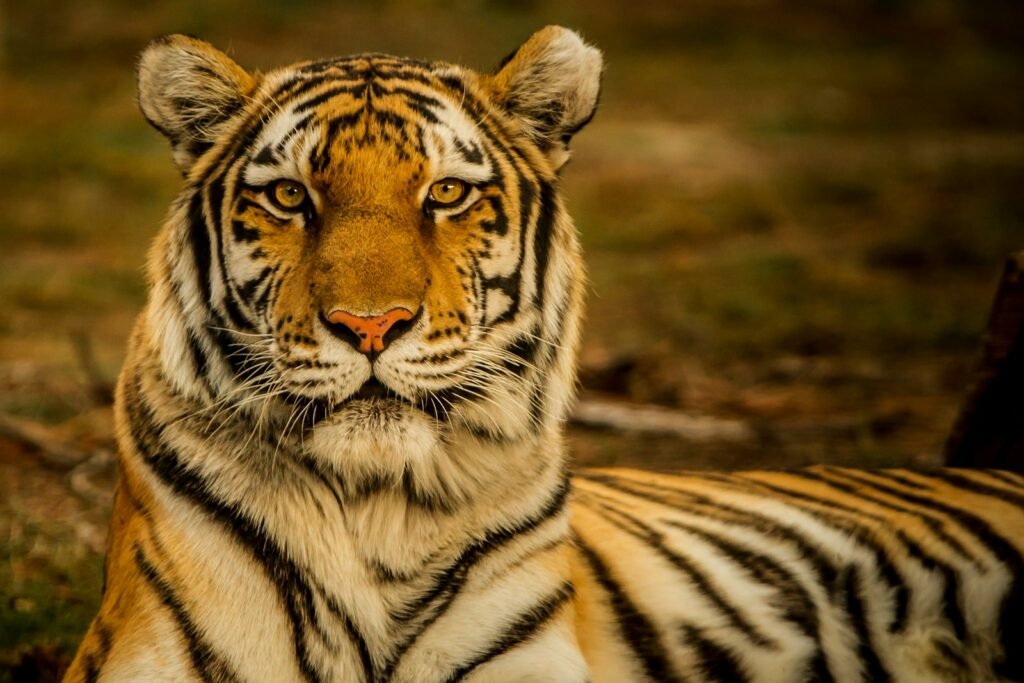
Finally, patience is a virtue well understood by big cats. Whether waiting for the right moment to pounce on prey or choosing to overlook a potential threat, patience significantly contributes to their ability to avoid unnecessary conflict. This ability to restrain themselves from immediate aggression allows them to conserve energy and maintain harmony within their ecosystem.
In conclusion, the tactics employed by big cats to avoid conflict highlight the extraordinary adaptability and intelligence of these majestic creatures. Their strategies, ranging from territorial marking to adopting solitary lifestyles, showcase their ability to maintain peace in a fiercely competitive environment. Understanding these behaviors not only deepens our appreciation for big cats but also underscores the importance of conserving their natural habitats, ensuring these remarkable animals continue to thrive in the wild.

Suhail Ahmed is a passionate digital professional and nature enthusiast with over 8 years of experience in content strategy, SEO, web development, and digital operations. Alongside his freelance journey, Suhail actively contributes to nature and wildlife platforms like Feline Fam, where he channels his curiosity for the Feline into engaging, educational storytelling.
With a strong background in managing digital ecosystems — from ecommerce stores and WordPress websites to social media and automation — Suhail merges technical precision with creative insight. His content reflects a rare balance: SEO-friendly yet deeply human, data-informed yet emotionally resonant.
Driven by a love for discovery and storytelling, Suhail believes in using digital platforms to amplify causes that matter — especially those protecting Earth’s biodiversity and inspiring sustainable living. Whether he’s managing online projects or crafting wildlife content, his goal remains the same: to inform, inspire, and leave a positive digital footprint.


